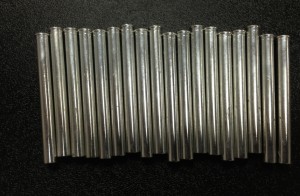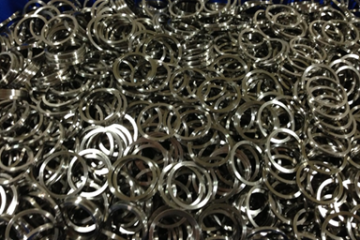Bright Tin Plating
What is bright tin plating?
Bright tin plating is a type of electroplated coating that uses tin as its main component. This kind of coating has become very popular because of its high corrosion resistance and excellent wear resistance. Bright tin plating is widely applied in various industries such as automotive, aerospace, medical equipment and electronics.
Bright tin plating is also known as bright zinc plating or bright nickel plating. The bright tin electroplating process involves using a special solution containing tin ions. After being immersed into the solution, the substrate is then subjected to a current flow. The current causes the tin ions to deposit onto the surface of the substrate.
What is the tin electroplating process?
The tin plating process is used for coating metals such as aluminum, copper, brass and steel. This process is also known as electroplating. A tin bath is filled with molten tin and then dipped into the solution. The metal object is placed inside the tank and connected to a power source. When the current passes through the metal object, the tin ions attach themselves to the surface of the metal. After the tin has been deposited onto the metal object, the metal object is removed from the tin bath and rinsed. The tin plating process is used for coating metals such as aluminum, copper, brass, steel, etc.

A tin bath is filled with molten tin and then dipped into the solution. The metal object is placed inside the tank and connected to a power source. When the current passes through the metal object, the tin ions attach themselves to the surface of the metal. After the tin has been deposited onto the metal object, the metal object is removed from the tin bath and rinsed.
Tin plating can improve anti-galling properties on the surface of the metal objects. It can be used to protect the surface of the metal parts against corrosion. Tin plating is commonly used in the production of electrical contacts, connectors, switches, relays, circuit boards, machine components, and other similar products.
Tin plating also had good solderability when it was first introduced. However, over time, tin plating became less effective at providing a strong bond between the tin and the base material. As a result, the tin plating process began losing popularity.
In recent years, however, tin plating has made a comeback due to the need for stronger bonds between the tin and the underlying materials. For example, tin plating is now used to coat electronic devices such as cell phones and laptops.
